The black poplar is one of the most endangered native trees in Britain. Approximately 300 individuals grow in Cheshire but they are mostly old trees that are not regenerating naturally.
Over 1,000 new trees, raised from cuttings of Cheshire poplars, have been planted into suitable sites in the county since 1995 in an attempt to save this species from disappearing from the county. The staff here at Chester Zoo have participated in this propagation work for just over a decade.
Propagation is a lengthy process and our botanics team here at the zoo work hard year round to make sure the cuttings grow into strong and healthy trees that are ready to be planted back into the wild. The winter months are the best time to start taking cuttings for propagation. Richard Hewitt, Chester Zoo’s horticulturist team manager, explains the propagation process in more detail, below:
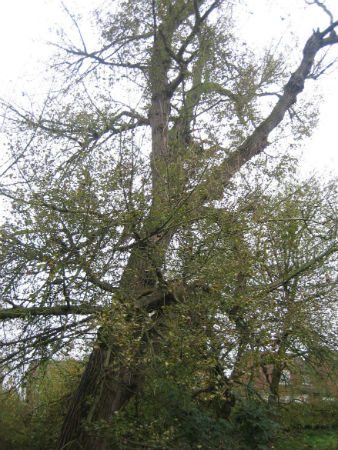
One of Cheshire’s black poplar trees.
Cuttings are taken from the end of a branch of a mature tree. New shoots will grow around where the cutting has been taken.
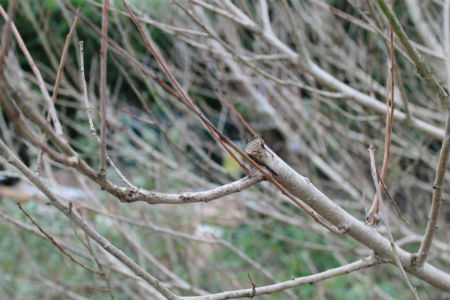
One of the branches that was cut during last year’s propagation process. You can see new growth has started around the area that has been cut.
The cutting is then tidied up and shaped so that the cutting will grow. One end should have a diagonal cut and the other should be flat, indicating which way up the cutting should be planted.
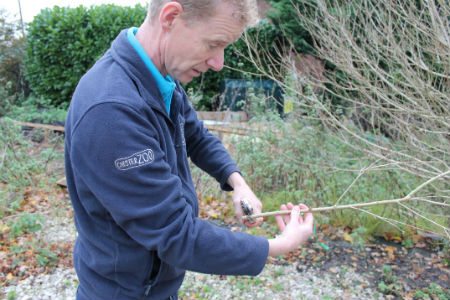
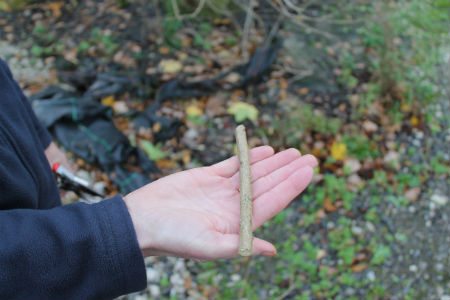
This cutting is now ready to be planted. You can just about make out the diagonal cut at the top end of the cutting and the flat end at the bottom.
The cuttings are then taken back to the nursery where the bottoms are rolled in a plant hormone powder to encourage growth of roots, and put in pots.
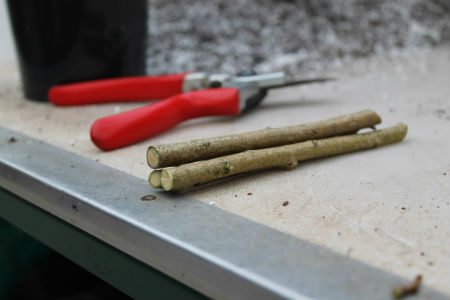
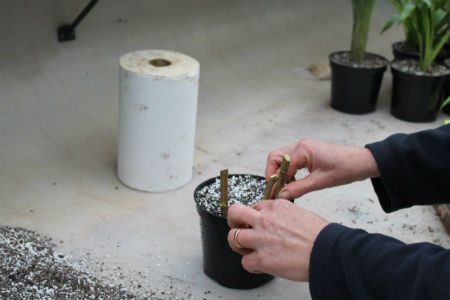
Cuttings ready to be potted.
At first, the potted cuttings spend some time outside during the colder months to replicate the same conditions that the whole tree would be experiencing. This is to ensure that the cuttings’ growth cycle stays in sync with the natural season.
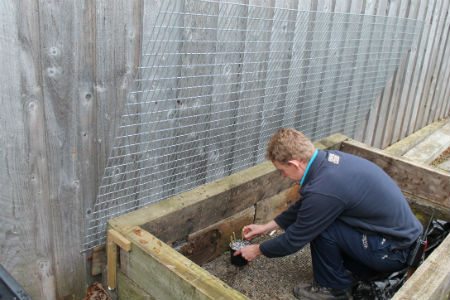
The freshly potted cuttings going into their out-door pen.
When the cuttings have taken root they start to grow upwards and begin to resemble saplings, and they are moved indoors. The greenhouse they are kept in has no heating system so it again mimics the natural seasonal temperatures, it just provides protection from the wind and rain.
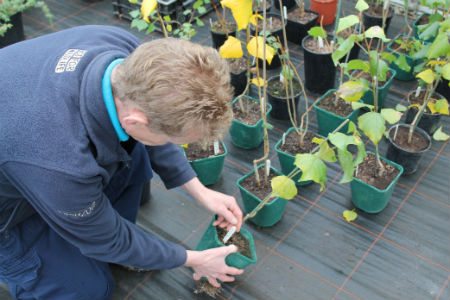
Richard checking on the saplings that have been moved indoors.
Eventually, the trees get too big to be housed indoors and they are re-potted into bigger pots, so they can develop the extensive root network they will need. They are moved outside where the horticultural team can keep a close eye on them.
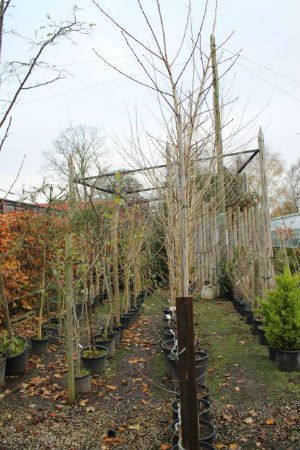
Rows and rows of Black poplar trees. The biggest ones here are 2 years old.
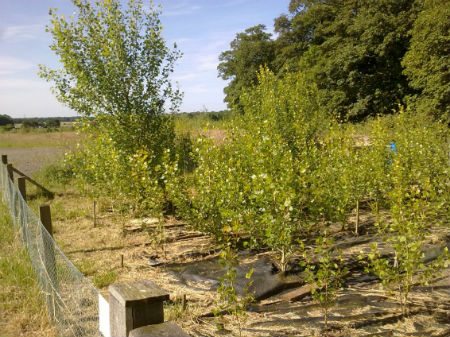
Trees planted out of the zoo to flourish further.
Finally, once the trees are big enough, they are taken and planted out to thrive into beautiful and healthy trees. Discover more about the work we do at the zoo here.